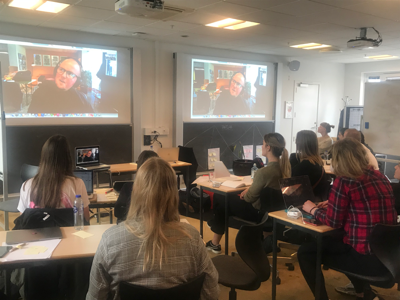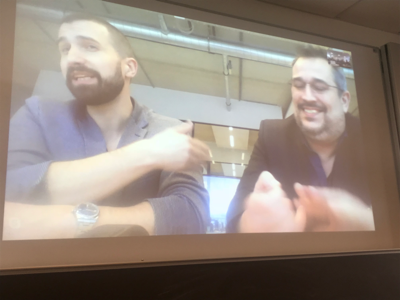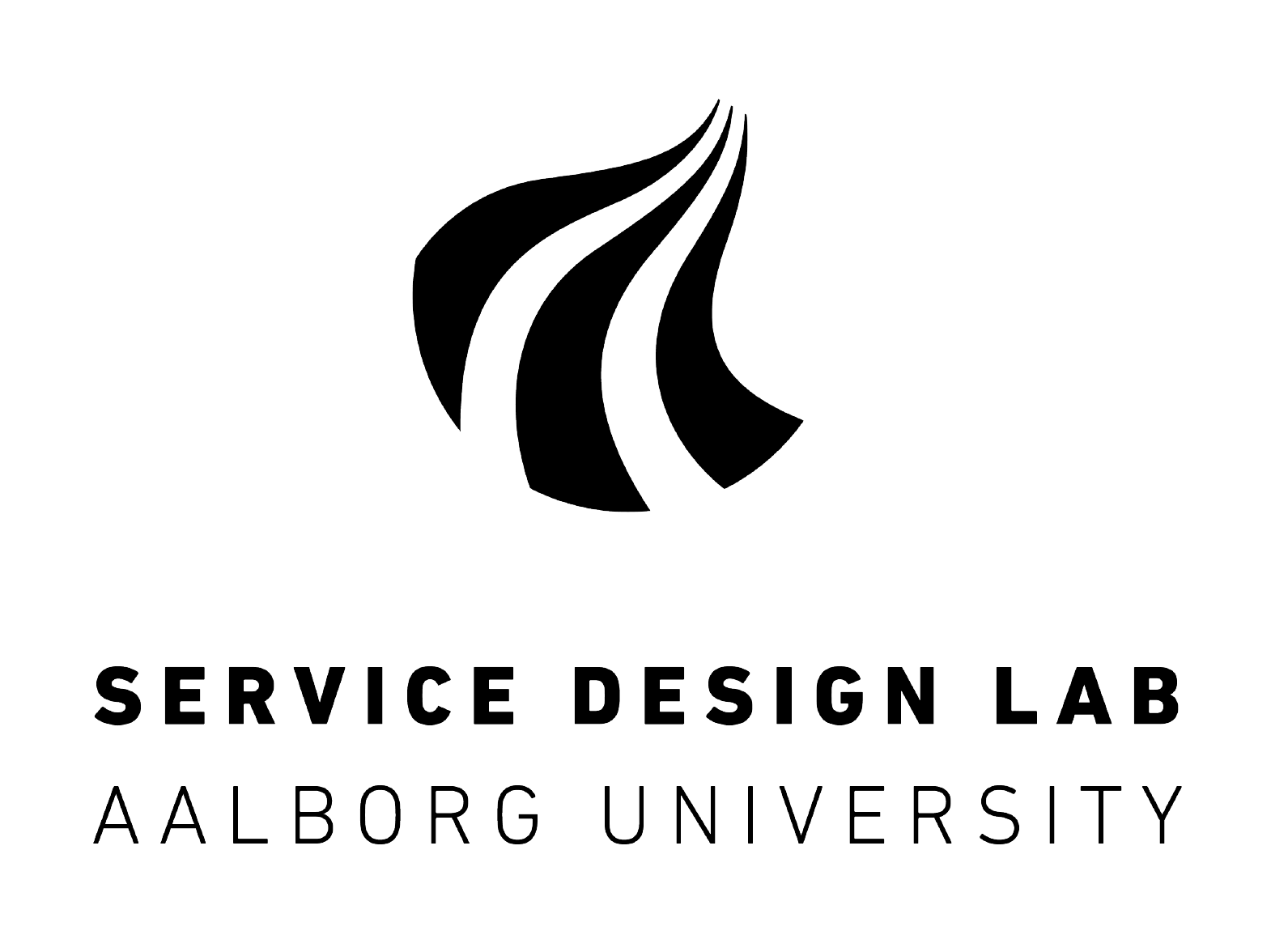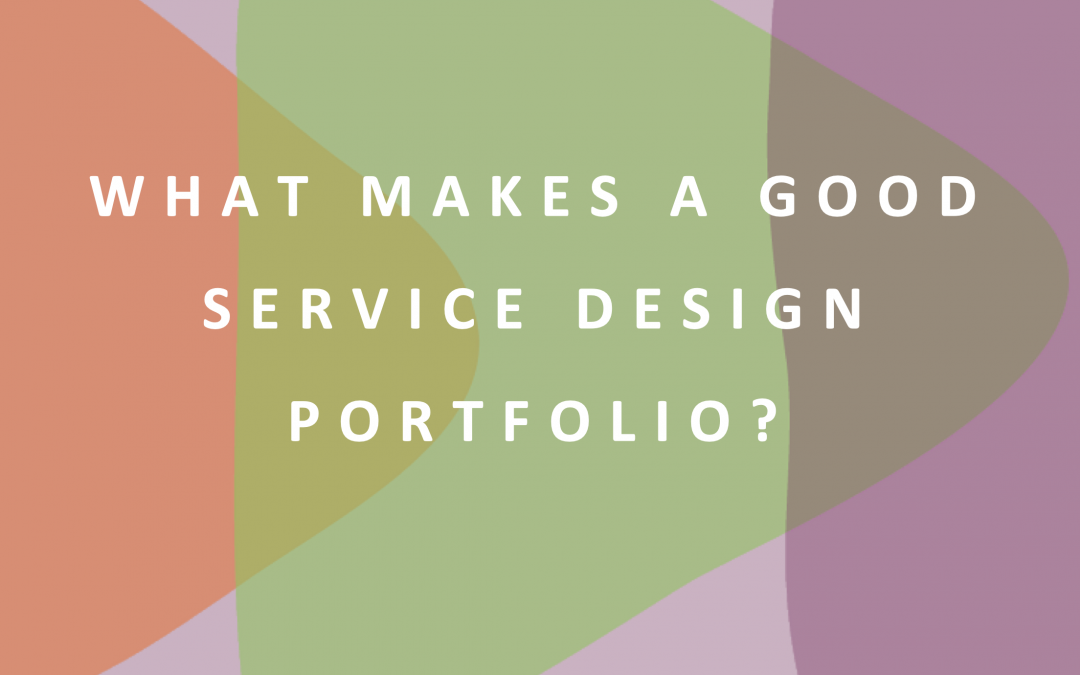What is a service design portfolio and do you really need one? And if so, why do you need one, what makes a good service design portfolio and what are important things to consider? How do you develop your own story and how do you present yourself to future employers? These were just some of the questions that were addressed during our Service Design Portfolio session on March 28th in Copenhagen at the Service Systems Design Master’s program. With a room full of Service Design students, this session was organized to help students to rethink their portfolios, to reflect on their key personal skills, approaches, competences, to hear perspectives from experts and professionals and start reviewing their own portfolio through future employers’ eyes. All of this with the aim to create their best service design portfolio yet.
For this session, we invited external experts to share their perspectives on the subject of portfolio. Our first expert was Marcel Kampman (creative/strategist, creative director of WeMakeThe.City and owner of Happykamping) to share his views on personal branding and communication. Some of the interesting things that Marcel told us is, that it is necessary to show your curiosity and ability to create something from nothing. The best way to show others who you are and what you bring, is via work and personal p(l)ay projects. The latter shows your curiosity and helps you look into the world with fresh eyes, and will make that people will associate you with theme’s, challenges, subjects that you chose yourself. Instead of showing your portfolio, work that you have done, Marcel thinks it is important to be in conversation with potential clients and to look for collaborations for work that you can do together and grow from.

Marcel sharing his experience with the service design students
After Marcel’s lecture, we also had the pleasure to talk to Tjeerd Hoek and Joe Fletcher from argodesign Europe. Both Tjeerd (head of creative) and Joe (creative managing director) bring in incredible valuable outside perspectives, having worked in companies such as Microsoft, Frog Design and Raft Collective across the US, Europe, and Asia.
Tjeerd and Joe were telling us that the realistic time available to someone who is the hiring, for reviewing a portfolio, and to instantly on the spot make that initial call based on what you see and read, on whether there is a potential fit or not, is limited to about 20-30 seconds on a first viewing. In that 20-30 seconds you are looking for something which piques your interest, an insight, a design solution, an approach, something between the lines and sketches, or even a quirky attitudinal remark can get the hook in, giving a hint of future potential, and making you want to know more about this person. Another tip, that they shared with us (they had a full list of tips and tricks to consider) was to share the story and process behind a service or product, rather than showing ‘beauty shots’ only. Make explicit what your role in the project was and use visuals to tell the right story.

Joe & Tjeerd sharing their insights and tips tricks for making a portfolio.
In the last part of the session, the students had the possibility to walk the talk. With all of this in mind, they reviewed their own portfolio through future employers’ eyes. Of course, you can always look online for tips or to see what your competition is. Blogposts with catchy titles such as ‘how to make a winning strategic /service design portfolio’are out there to inspire (and at the same time intimidate and confuse) a ‘soon to be graduate’ service design student.
However, the trick is, that it is not about understanding only what makes a winning service design portfolio, but to understand what makes a good service design portfolio for you. There is no ‘one’ golden formula to make a winning ‘best’ service design portfolio. When you start creating your portfolio, you will have to (like in any design process) iterate, fail, try again, listen to feedback of users in order to create your own best portfolio!

